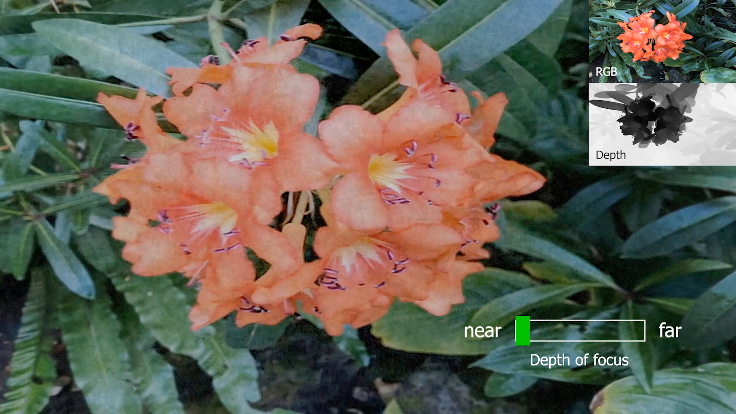End-to-end learning of 3D phase-only holograms for holographic display
Publication
Light Science and Applications
Authors
Liang Shi, Beichen Li, Wojciech Matusik

Abstract
Computer-generated holography (CGH) provides volumetric control of coherent wavefront and is fundamental to applications such as volumetric 3D displays, lithography, neural photostimulation, and optical/acoustic trapping. Recently, deep learning-based methods emerged as promising computational paradigms for CGH synthesis that overcome the quality-runtime tradeoff in conventional simulation/optimization-based methods. Yet, the quality of the predicted hologram is intrinsically bounded by the dataset’s quality. Here we introduce a new hologram dataset, MIT-CGH-4K-V2, that uses a layered depth image as a data-efficient volumetric 3D input and a two-stage supervised+unsupervised training protocol for direct synthesis of high-quality 3D phase-only holograms. The proposed system also corrects vision aberration, allowing customization for end-users. We experimentally show photorealistic 3D holographic projections and discuss relevant spatial light modulator calibration procedures. Our method runs in real-time on a consumer GPU and 5 FPS on an iPhone 13 Pro, promising drastically enhanced performance for the applications above.